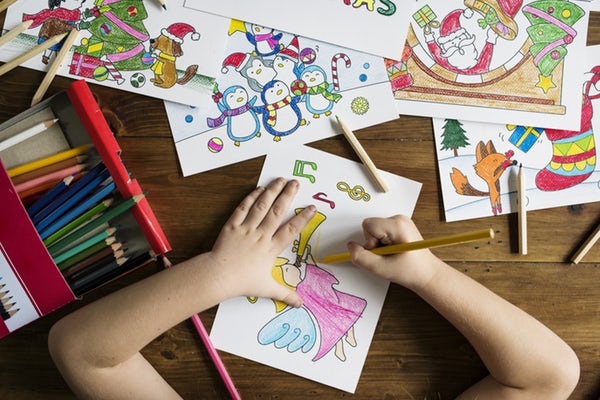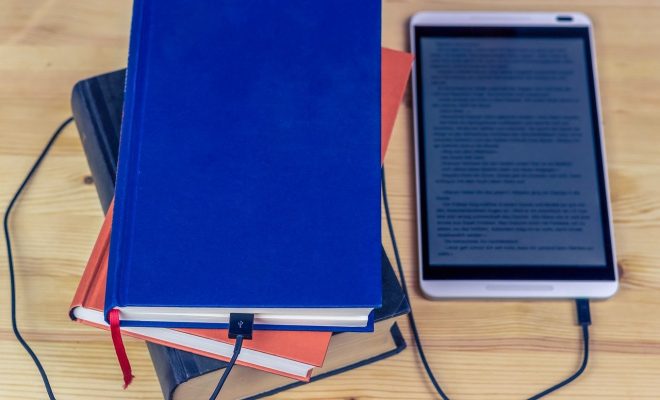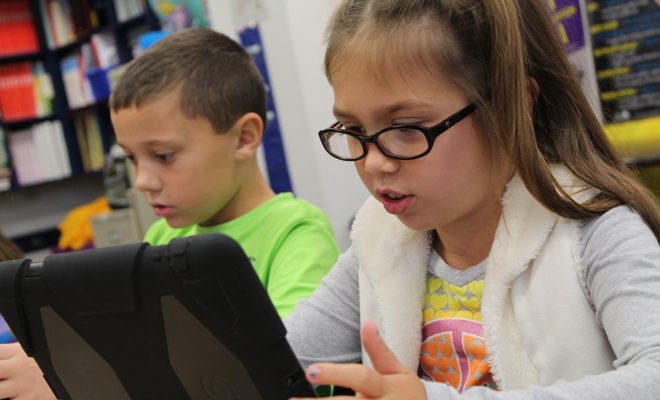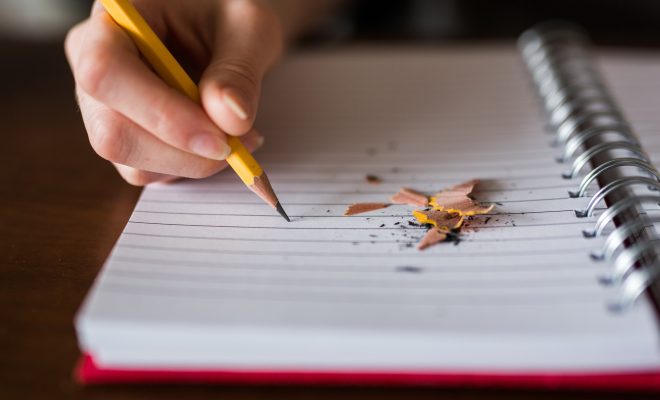Black Boys in Crisis: Why Are Schools So Quick to Lock Them Up?

In this series, appropriately titled “Black Boys in Crisis,” I highlight the problems facing black boys in education today, as well as provide clear steps that will lead us out of the crisis.
Over and over statistics show that punishment for black boys – even first-time offenders – in schools is harsher than any other demographic.
Black boys taken from schools in handcuffs are not always violent, or even criminals. Increasingly, school-assigned law enforcement officers are leading these students from their schools hallways for minor offenses, including class disruption, tardiness and even non-violent arguments with other students. It seems that it is easier to remove these students from class through the stigma of suspension or arrest than to look for in-school solutions.
Simply put, the currently accepted way of disciplining students—mainly “zero tolerance” policies — is doing more harm than good for young black boys.
When one student is causing a classroom disruption, the traditional way to address the issue has been removal – whether the removal is for five minutes, five days or permanently. Separating the “good” students and the “bad” ones has always seemed the fair, judicious approach. On an individual level this form of discipline may seem necessary to preserve the educational experience for others. If all children came from homes that implemented a cause-and-effect approach to discipline, this might be the right answer.
Unfortunately, an increasing number of students come from broken homes, or ones where parents don’t have the desire or time to discipline. Even the parents with the skillset to discipline in this fashion may not have the time or energy, especially in a home where finances are tight. For these students, removal from education is simply another form of abandonment and only furthers the lesson that they are not good enough to learn alongside their peers.
High profile instances of school violence in recent years have led to a higher presence of law enforcement officers in public schools, often politely labeled as resource officers or a similarly vague term. Of course the presence of guns and other immediate danger items in schools are cause for arrest, or at least temporary removal of the student, but the American Civil Liberties Union reports that children as young as 5 throwing tantrums have been removed in handcuffs by these officers. Rather than addressing the heart of the individual problems, it is easier for public schools to weed out troublesome students under the umbrella of protecting the greater good. Convenience triumphs over finding actual solutions.
The term “zero tolerance” may sound like the best way to handle all offenses in public schools, but it really does a disservice to students. Not every infraction is a black and white issue and not every misstep by a student is a result of direct defiance. Often students with legitimate learning disabilities or social impairment are labeled as “disruptions” and removed from classroom settings under the guise of preserving the learning experience for other, better-behaved students. I suppose there is an argument to be made for protecting straight-and-narrow students from the sins of others, but at what cost?
We tell students that gaining an education is an unalienable right in America but then we withhold it from their peers in the name of discipline and order. Would we withhold food from students who interrupted our math lesson? Of course we wouldn’t because nutrition is something that isn’t earned – it is a necessity for growing children. The same is true of education. Our knee-jerk reaction of removal, particularly of children of color, is not one that has the best interest of any children in mind.
Though ideology on problem students is slowly evolving, at least at present the removal process is most widely accepted. So let’s look at what happens when these individuals, these students who are suspended or expelled, do eventually slip through the accepted cracks and wind up dropping out of high school or landing in prison.
Children are just as much a product of their environments as the expectations placed on them. Parents on a first-name basis with law enforcement officials certainly influence the behavior of their children, but school authorities with preconceived negative associations create an expectation of failure too. Increasingly, educators are learning how to recognize the signs of textbook learning disabilities like ADHD or dyslexia. But what about the indirect impact that factors like poverty, abuse, neglect or simply living in the wrong neighborhood have on a student’s ability to learn? Why aren’t we finding ways to identify the known risk factors for academic impairment and intervening earlier?
Educators should approach students from disadvantaged backgrounds with more understanding, and less preconceived notions. Behavior is a choice but students who have never seen the right way to act modeled for them, or who are looking for that extra bit of attention in classrooms, bad behavior is an academic disadvantage. Instead of less time in classrooms, black boys and especially those with very minor behavior issues should participate more in the learning experience.






